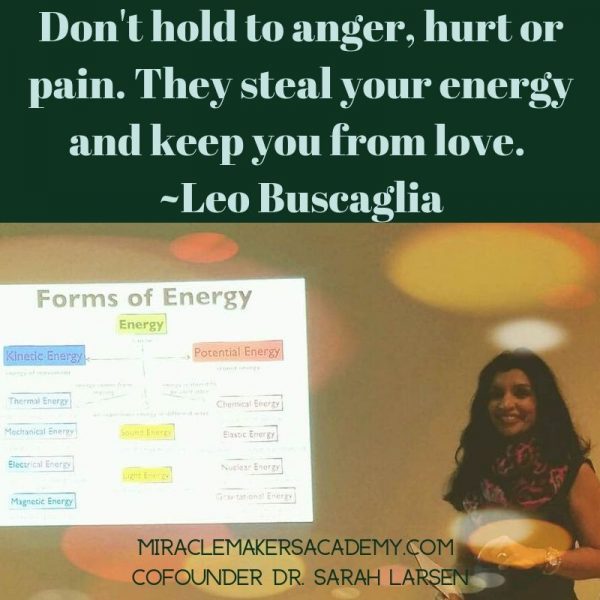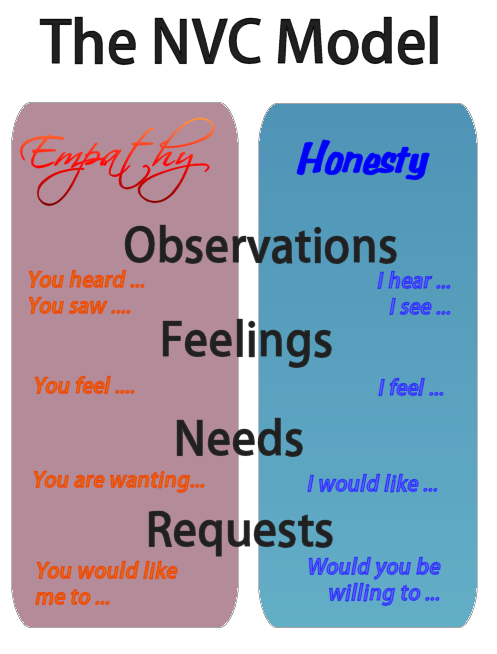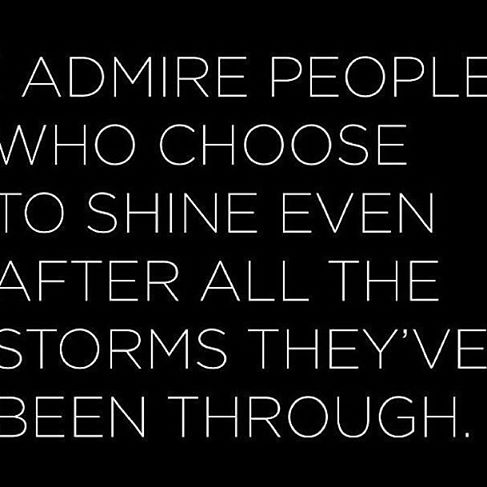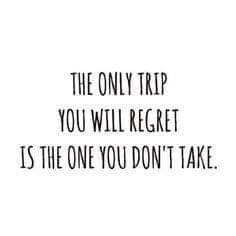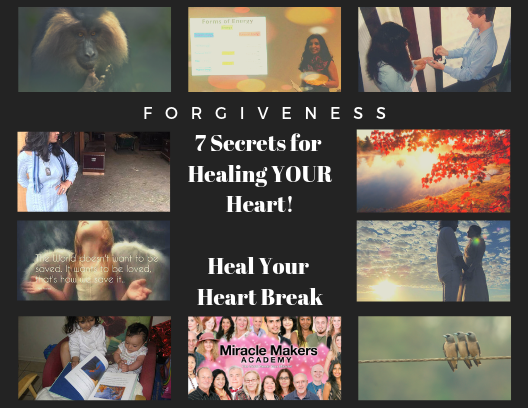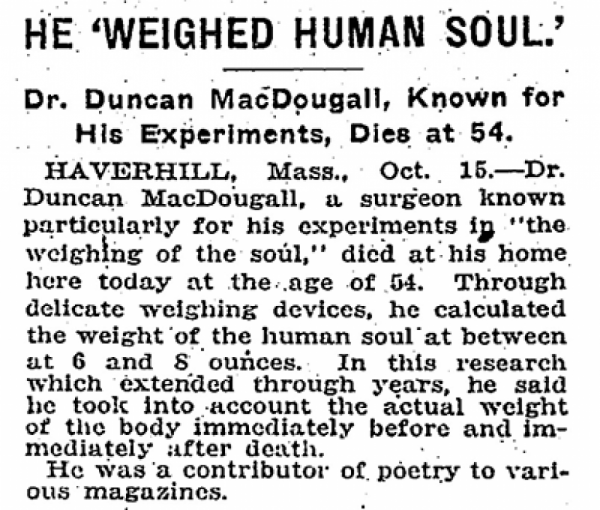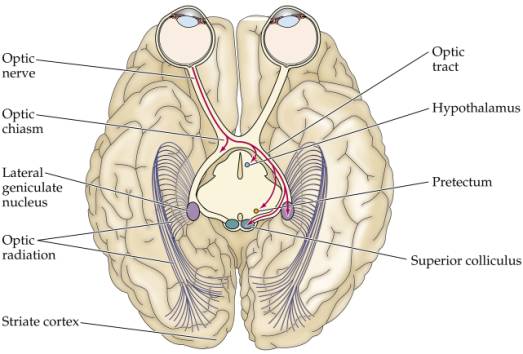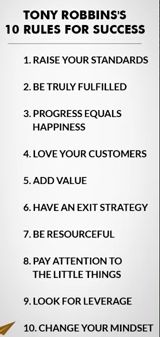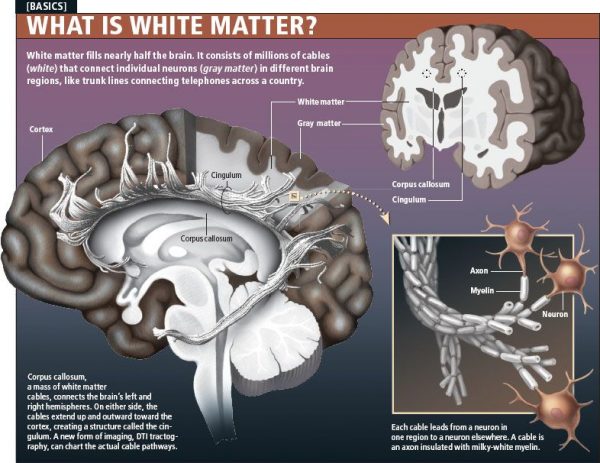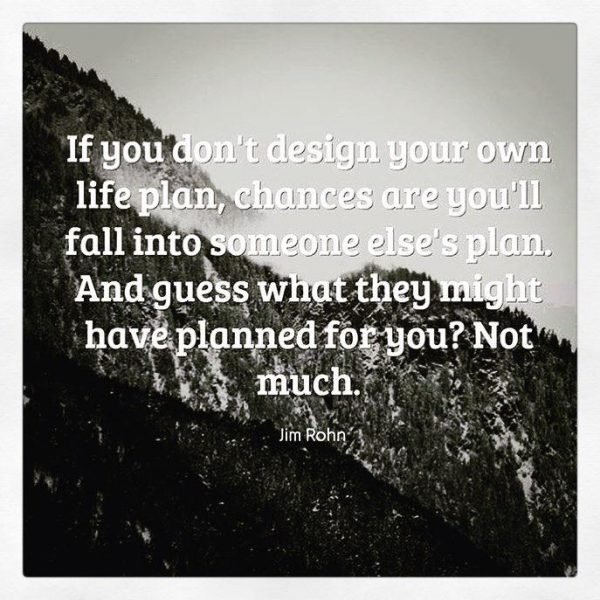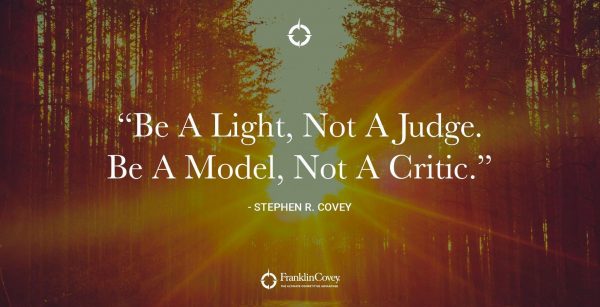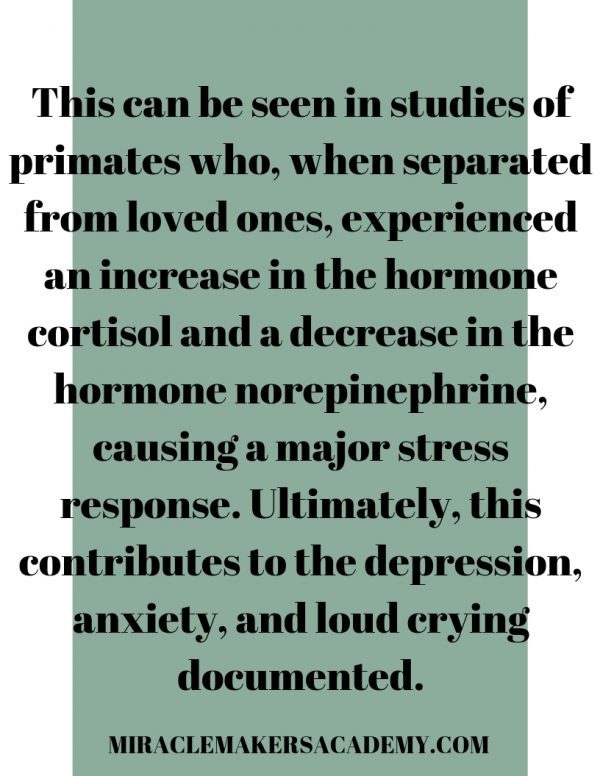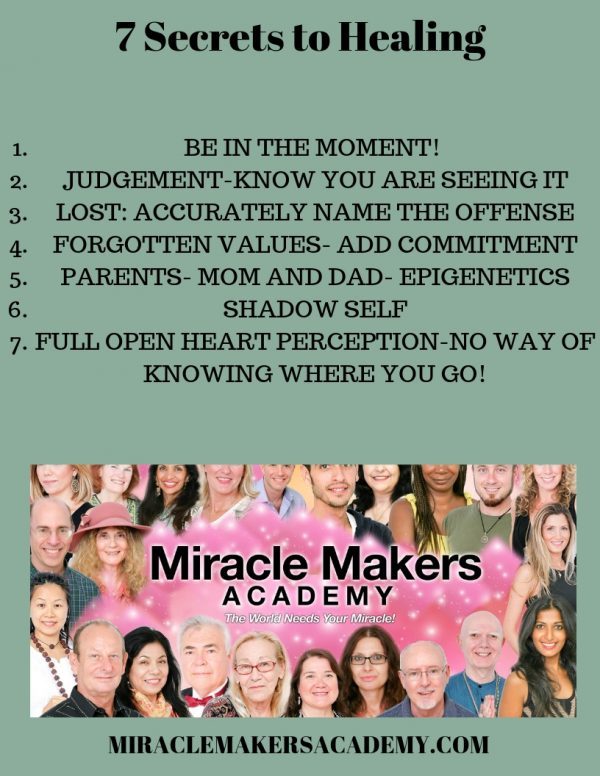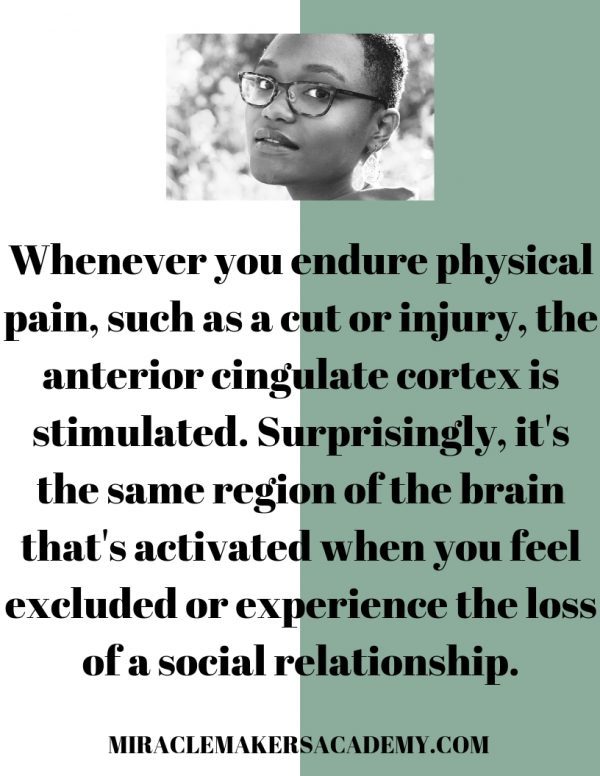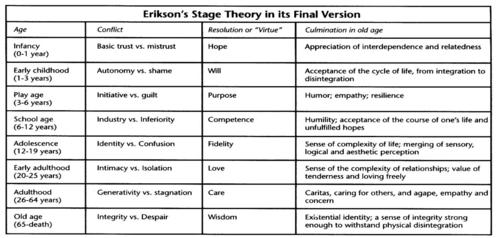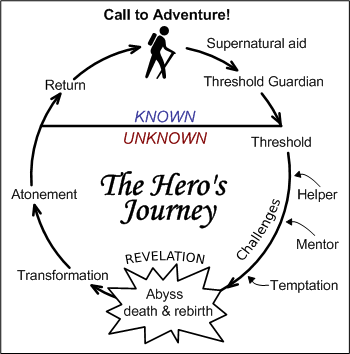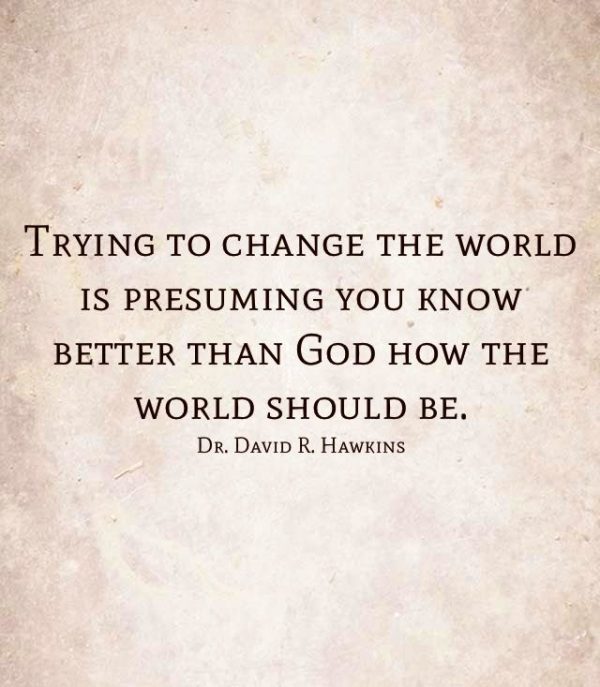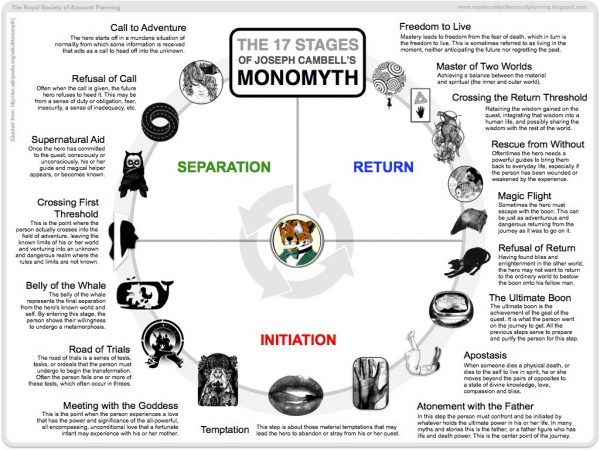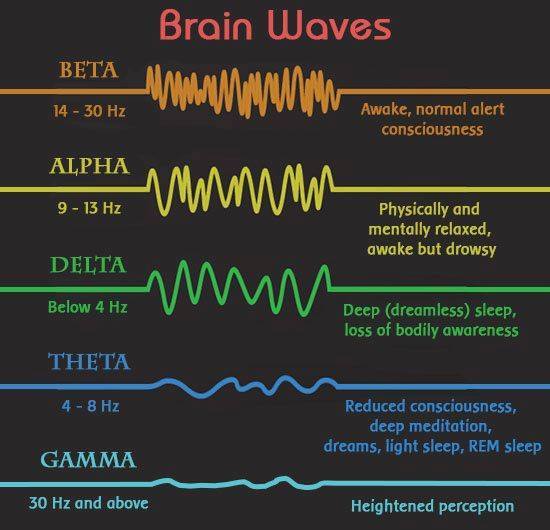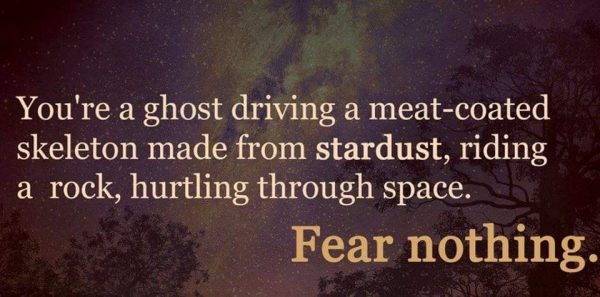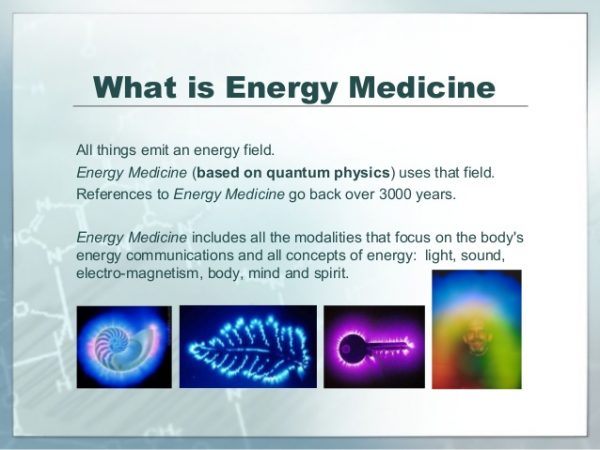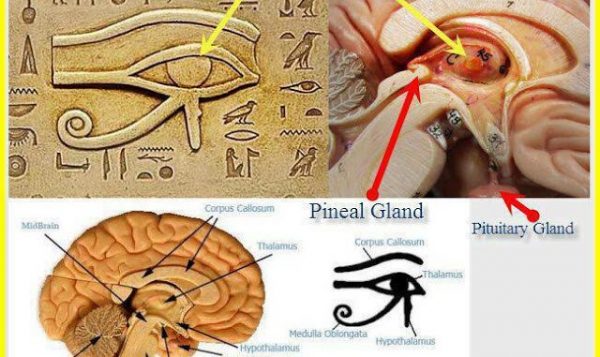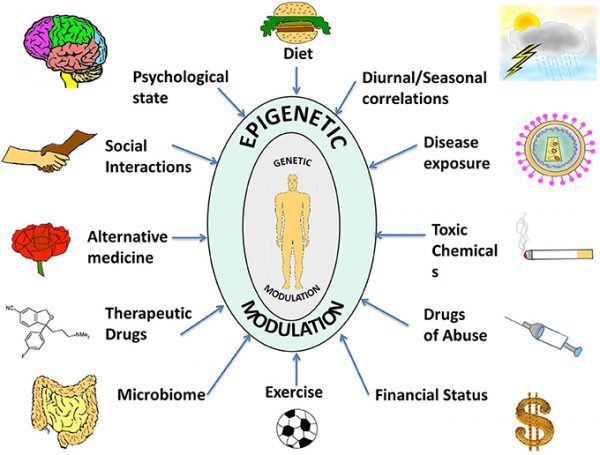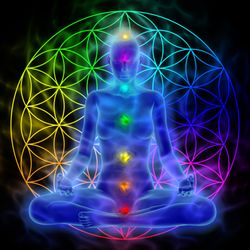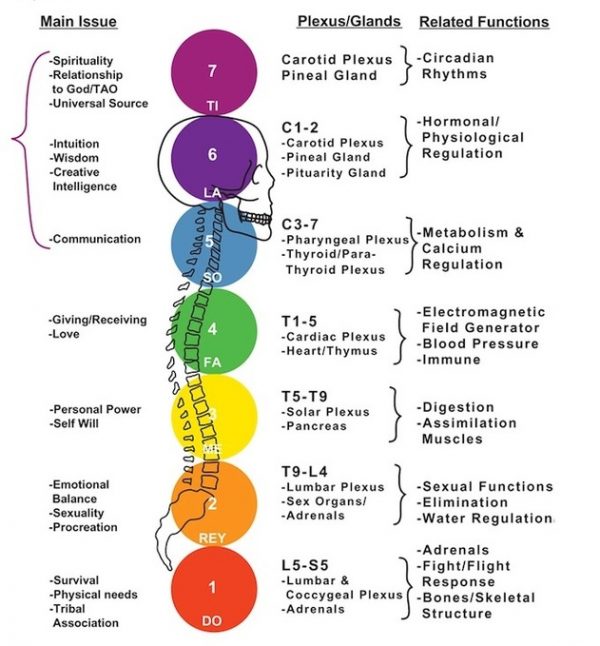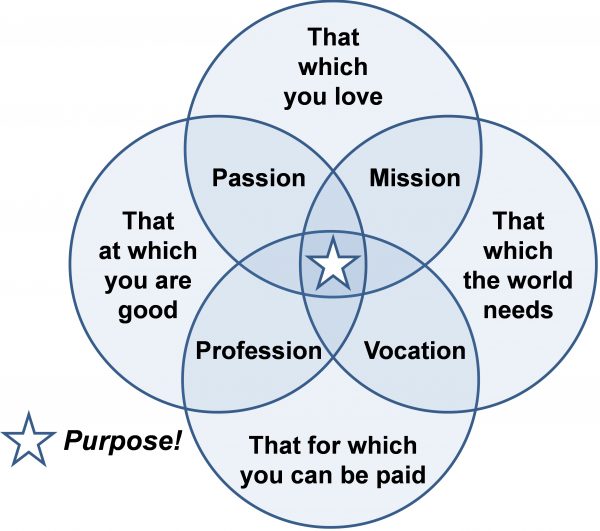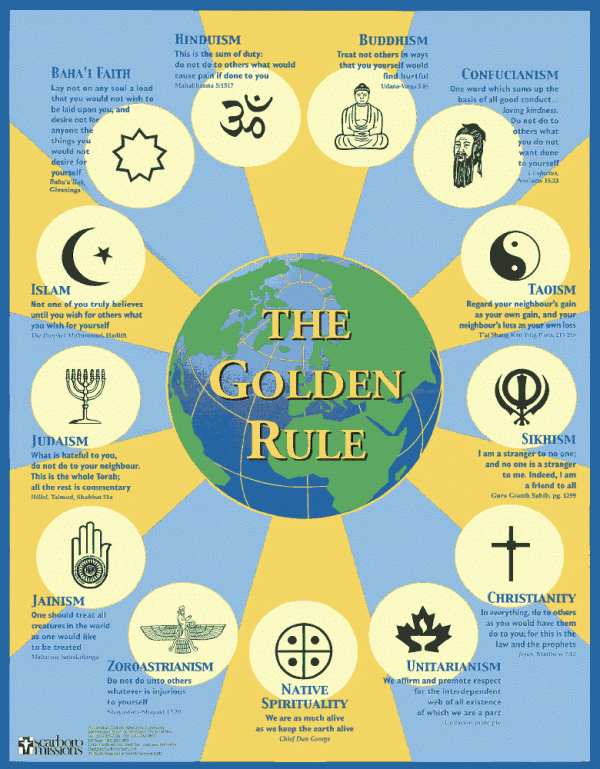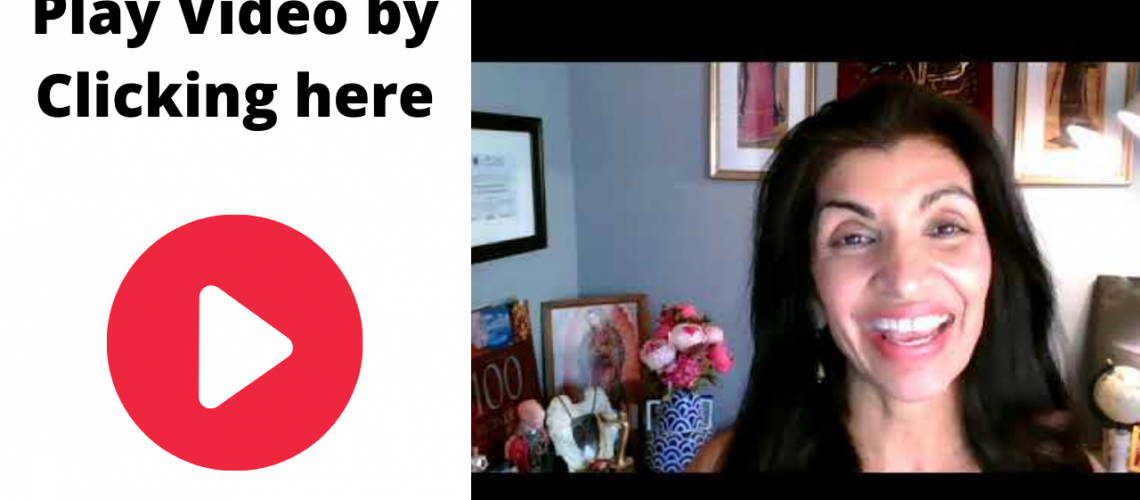How do you let go of your deepest fear? How do you overcome the challenge you are facing?
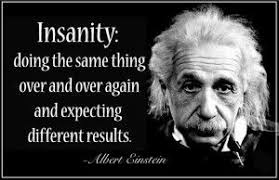
Is loving you the truest wilderness you can imagine? Is love worthy of all of its accolades?
How do you muster up courage?
How do you focus on the important aspects of your journey?
Sign up for the newsletter to receive answers yo your questions after each MasterClass and also receive a free mp3 “Loving What Is” guided meditation.
Sign up here and receive the details to join the live classes and receive clear guidance for your question.
“Before attending a MasterClass, I believed that I was broken. Crippled with multiple back surgeries, a tight heart from a failed marriage, lost thoughts running around in my brain, and a career in shambles, I thought that I was just powerless. But, something shifted in the way I saw the world as a result of this class. Instead of feeling like a victim, I had a fresh start. Instead of seeing loss, I started to see possibilities.
For example, what if my vulnerabilities connected me to others with unbridled empathy? But, it just wasn’t my thoughts that changed. Within days of this session, my life was actually changed. First, a new home. Then, new career interviews. And even further, new dating possibilities…
Could just one session really transform a life? Really? Yes. It did! And, it will for you too!” ~ Andrew
“My sessions with Dr. Sarah Larsen were one of the most extraordinary healing experiences I have ever experienced.
She has an innate ability to scan the body and intuitively diagnose areas in the body that need support via physical touch, nutrition, or emotional support.
I am in the Health and Wellness field and have worked with many health experts and practitioners and I can honestly say that Dr. Sarah is one of the best!
I was in a physical crisis situation a few months ago and Dr. Sarah spent three sessions with me and brought me from an acute place of anxiety to a restored place of physical and emotional balance.
Her nurturing and patient caring was remarkable and I am forever grateful for her support. I highly recommend Dr. Sarah Larsen.”
~ Dawna Shuman, Lighthouse PR
